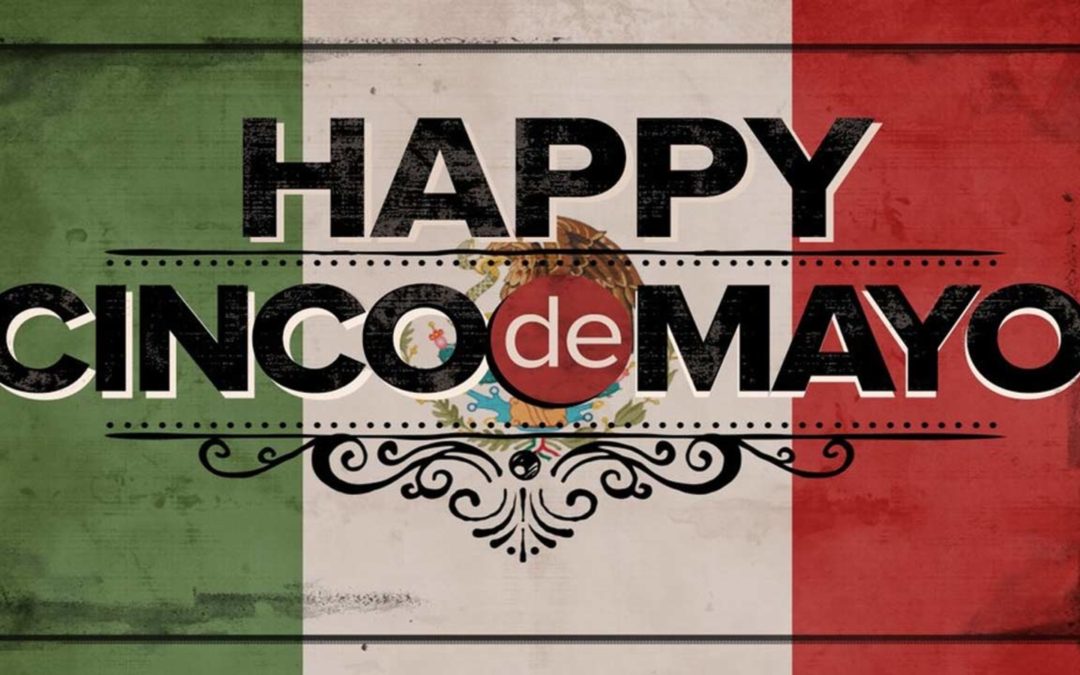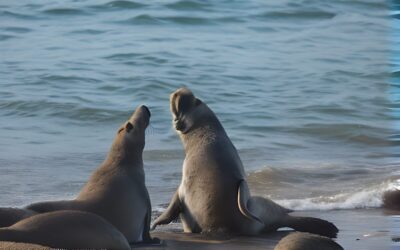Five Fun Facts About Cinco de Mayo
1. Cinco de Mayo Isn’t Mexico’s Independence Day
Cinco de Mayo is often confused with Mexican Independence Day, but it actually commemorates a significant battle during the Franco-Mexican War that took place in a town called Puebla. The Mexican Army, who were considered the underdogs, ended up overtaking the French and came out victorious. Mexican Independence Day, on the other hand, actually occurred on September 16, 1810—about 50 years earlier.
2. The Mexican Army Beat Crazy Odds
The Mexican Army was largely outnumbered and poorly supplied. In fact, they were known as a rag-tag army and only had outdated guns at their disposal. And yet, as little as 2,000 Mexican soldiers—some of whom hid behind tall cactus plants—defeated 6,000 French soldiers during the battle, which lasted from daybreak to early evening.
3. The General Was Honored in a Special Way
Ignacio Zaragoza was the Mexican general who led the army that defeated the French on May 5, 1862. He was born in what is now Goliad in southern Texas and was only 33 years old when he led his troops to victory. Puebla was renamed Puebla de Zaragoza in his honor.
4. Families in California Celebrated First
A few weeks after the Battle of Puebla, Americans and Latinos in California heard about the valiant efforts of Mexican soldiers through newspaper reports. Residents in the state were so excited, they celebrated with parades of people dressed in Civil War uniforms. And in Northern California, one town partied with drinks, food, and banquets—it was most likely the first Cinco de Mayo fiesta in the United States.
5. FDR Helped Commercialize Cinco de Mayo
Although it was celebrated in the United States just weeks after the Battle of Puebla, Cinco de Mayo wasn’t officially recognized here until 1933. That’s when President Franklin D. Roosevelt helped create the “Good Neighbor Policy” which aimed to establish positive exchanges and relationships with our Latin American neighbors.
More Helpful Articles
Happy Leap Year!
Nearly every four years, we add an extra day to the calendar – February 29th – to make sure that the Gregorian calendar stays in sync with the Earth’s movement around the sun. This holiday, rooted in scientific discovery, has historically been home to curious...
San Francisco’s Hidden Boats
Every day hundreds of thousands of people walk San Francisco’s picturesque coastline unaware of what may lie beneath them. Though people may know that its coastline has been manually altered throughout the years, many may be surprised to know that much of the...
The Elephant Seals of the Bay
It is officially elephant seal breeding season! This natural phenomenon is iconic to the Bay Area, and the northern elephant seals, who inhabit the waters from Baja California, Mexico, to the Aleutian Islands in Alaska, populate the beaches of the North Bay. Take a...






Recent Comments